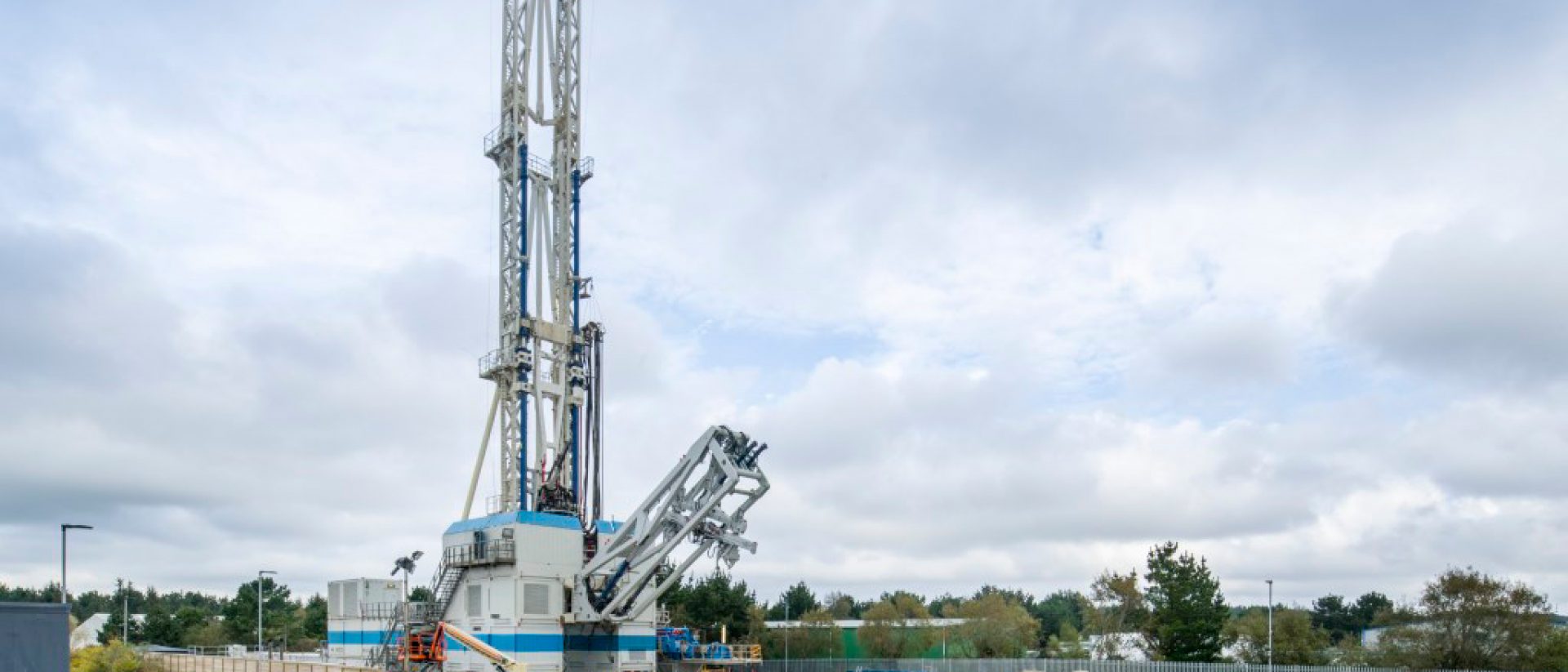The Role of Geothermal in the Green Energy Mix
An REA guest Blog by Georgina Ainscow, Partner, Reddie & Grose
Geothermal energy has long been used as a direct source of heat and for generating electricity. It currently supplies only a fraction of the world’s energy needs, yet many experts see wide scale adoption as an essential component in the future energy mix.
Most effectively used in regions where the Earth’s internal heat is accessible at or close to the surface, geothermal energy utilises heat generated during the formation of the planet and sustained by radioactive decay. Since it can be harnessed without being depleted, it fits the definition of renewable energy and has the theoretical capacity to provide more than double humanity’s current energy consumption.
The UK does not have the luxury of easily accessible geothermal energy, but has an extensive pipeline of deep level projects, such as Eden Geothermal, which are broadening the geographical reach of geothermal energy utilisation. Deep-drilling techniques that access high temperatures in the Earth’s mantle two to three miles down can reach hot water or rock across much of the planet. There are plans in place for a new National Geothermal Innovation Centre to develop the technology with the aim of providing 5% of the UK’s energy demand as soon as 2030, in the expectation that geothermal could account for around 20% of the UK’s electricity mix in the long term, plus a vast amount of heating.
Patent trends in geothermal energy
Recent patent data shows that deep-drilling technology is a focus for renewable energy innovation. Geothermal energy filings for drilling techniques come second only to heat pumps, with over 8,000 patents in the last 10 years.
There is also substantial patent activity relating to three types of geothermal power station. The same basic design of drawing hot water and steam from the ground to spin turbines is consistent in all stations, but with some operational differences. Traditional dry steam geothermal power stations show the most patent activity, with over 5,000 patents filed in the last 10 years. Meanwhile, there are nearly 4,000 filings for more complex (and more common) flash steam power stations. Both rely on high temperatures: 150°C or higher for dry steam and 180°C or higher for flash.
By contrast, more recent binary cycle power stations utilise fluid temperatures as low as 57°C. To date, filings in this area are lower, at nearly 2,000. However, lower temperatures bring greater flexibility and this, coupled with advances in deep-drilling, has the potential to see geothermal energy utilisation more widely deployed in the future.
Another key area of development for geothermal energy is remote sensing, where nearly 4,500 patents were filed in the last 10 years. These are sophisticated devices and techniques, many using AI to advance geothermal exploration, drive down the cost of exploration and reduce the risk to investors.
Geographical distribution of patent activity
The geographical distribution of patent activity shows that technology centres in Europe, Japan and the US currently dominate in clean energy innovation, accounting for more than three quarters of patent filings since the turn of the century. Though Korea and China have shown a sustained increase in patent filings in recent years.
Japanese, US and South Korean companies all appear in the top 10 applicants between 2010-2020, with Toshiba heading the list, followed by Haliburton and GE. However, the top 10 companies account for only 6.5% of total filings, indicating a spread of applicants in this open and emerging field. And if we look at where these applicants are filing patents, China dominates, followed by the US, Japan, South Korea, Australia, Canada and Germany.
Notably, the geographical distribution of patent activity in geothermal energy does not correlate directly with production. While the US and Japan are both listed in the top 10 producers of geothermal electricity, China is not. For decades, low-temperature geothermal resources in China were directly utilised, but geothermal energy generation is still in its infancy, which explains China’s absence from the top 10 geothermal energy producers, despite a high level of R&D.
Indonesia and the Philippines also present interesting anomalies. They occupy the number two and three spots in the top 10 geothermal energy producers. Attempts to reduce reliance on coal will likely move Indonesia to the number one spot. However, we see very few patent filings in these countries, suggesting that applicants may be neglecting key territories.
The finding reflects a challenging patent environment and barriers to licencing and commercialisation of IP assets in both countries. The US Chamber’s International IP Index, which scores countries on the strength of their IP systems, ranks Indonesia 51st and the Philippines 37th out of 55 countries. However, this could change over the 20-year lifetime of a patent, and applicants for geothermal energy technologies would do well to give thought to filing patents in countries where geothermal energy plays a key role in the economy.
At present, geothermal energy is a small but important player on the global energy stage. Yet patent trends suggest it has the potential to become widely accessible as a clean, reliable and consistent source of heat and electricity in future years.

